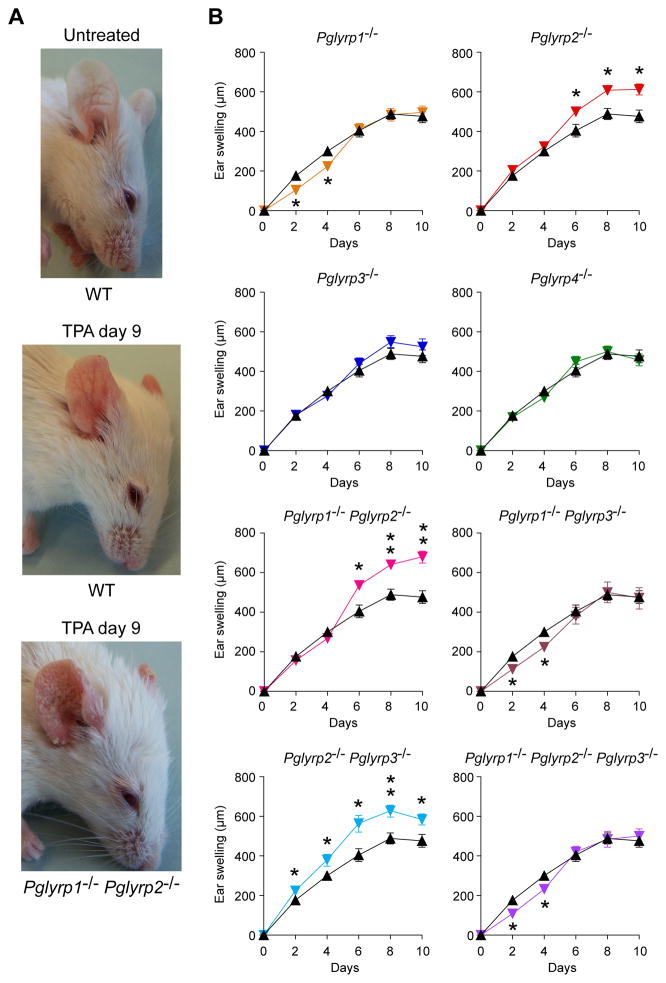Figure 1. Pglyrp2−/− mice have enhanced response to TPA in the skin.
(A) Application of TPA to ears for 9 days (every other day) induces mild inflammation in WT mice and severe inflammation in Pglyrp1−/−Pglyrp2−/− mice with increased redness, swelling, and extensive scaling. (B) Ear swelling in WT mice (black triangles) and Pglyrp−/− mice (color triangles) after TPA application to the ears on days 0, 2, 4, 6, and 8; means ± SEM (SEM were often smaller than the symbols in this and other figures); N = 9–14 mice/group; significance of differences between Pglyrp−/− and WT mice: *, P<0.02; **, P<0.0001.

